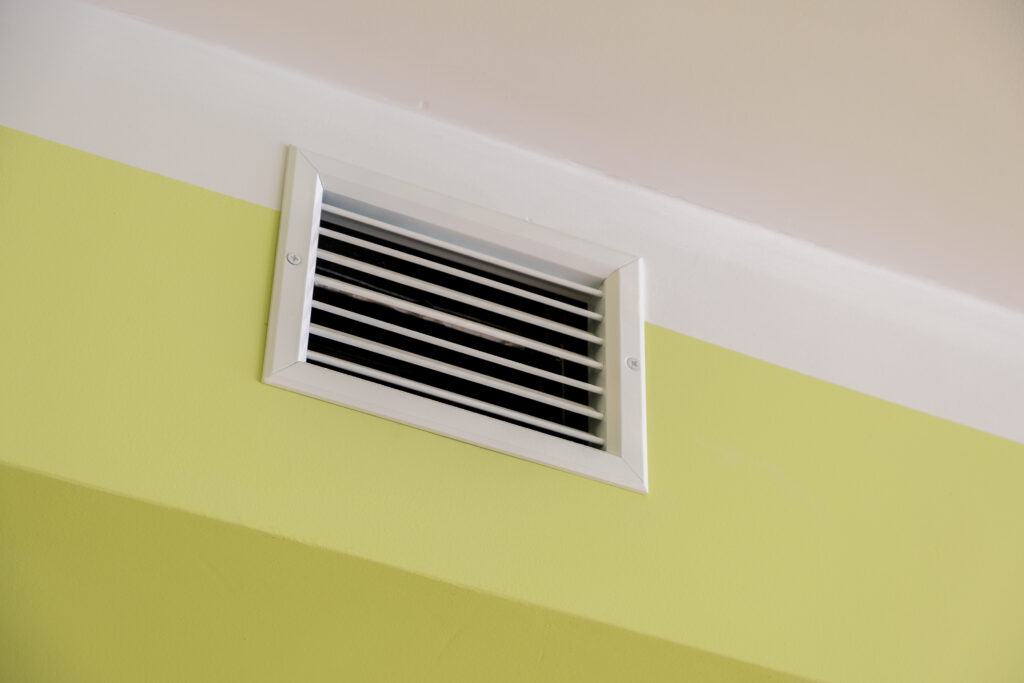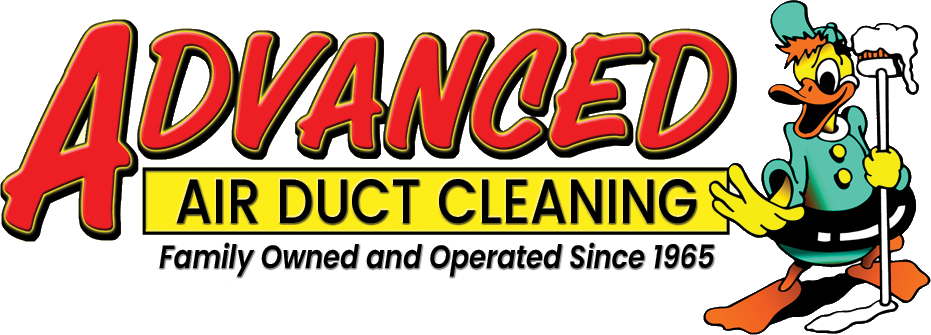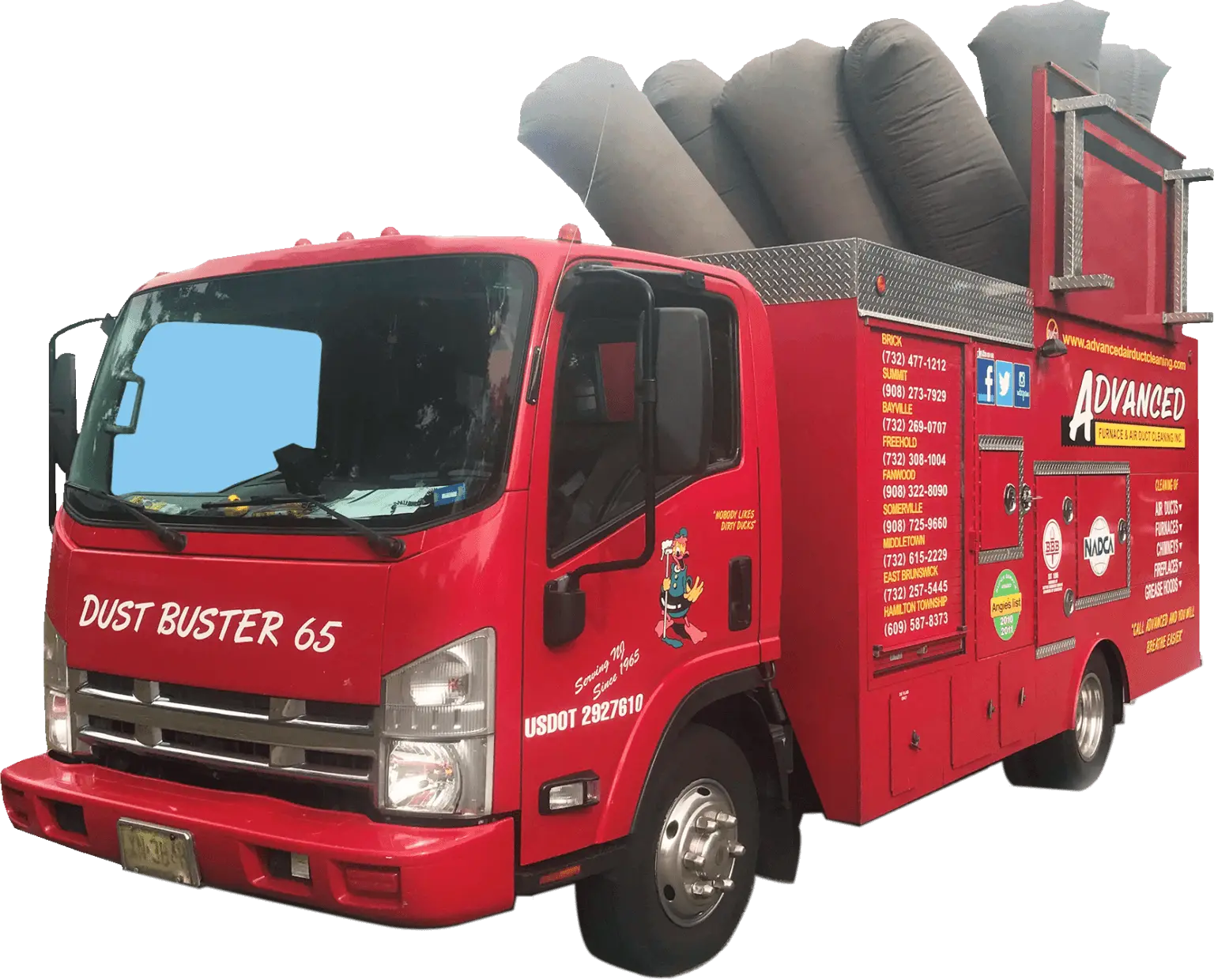
Mold around your vents is a common issue that can arise due to several factors related to moisture and airflow in your HVAC system. Here’s a breakdown of why mold forms around vents and how Aeroseal could potentially help:
Why Do I Have Mold Around My Vents?
1.Excess Moisture or Humidity:
•Moisture is the primary cause of mold growth. If there is high humidity in your home or condensation within your ductwork, the moisture provides an ideal environment for mold to grow.
•When warm, moist air meets the cooler surfaces of your vents or ductwork, condensation can form, leading to damp conditions around the vents.
2.Poor Ventilation:
•If your HVAC system isn’t properly ventilated, it may not effectively remove excess humidity from the air, causing moisture buildup in the ducts and around vents. Poor ventilation can also lead to stagnant air, which can promote mold growth.
3.Leaky Ductwork:
•Leaky ducts allow warm, humid air to mix with cooler air inside the ducts, creating condensation. This moisture collects around the leaks, contributing to mold formation in those areas. Mold can develop in and around the vents where air is being pushed out of the ducts.
4.Dirty Ducts and Filters:
•Dust, dirt, and debris inside your ducts or on your air filters can act as a food source for mold. If moisture is present, the mold can feed on these particles and spread.
5.Improper Insulation:
•Inadequately insulated ducts, especially in attics or crawl spaces, can cause temperature differences between the duct interior and the surrounding air, which leads to condensation forming on the ducts and vents.
Can Aeroseal Help?
Yes, Aeroseal can be part of the solution, particularly if leaky ducts are a contributing factor to mold growth. Here’s how:
1.Sealing Duct Leaks:
•Aeroseal works by sealing leaks and cracks in your ductwork from the inside, ensuring that air stays within the ducts and doesn’t escape into unconditioned spaces. By sealing leaks, Aeroseal prevents warm, humid air from entering your ducts and mixing with cool air, which can reduce the risk of condensation and moisture buildup—a key cause of mold growth.
2.Improving Airflow and Ventilation:
•Properly sealed ducts improve the overall efficiency of your HVAC system, helping it distribute conditioned air evenly throughout your home. This can lead to better ventilation, reducing the likelihood of stagnant, moist air accumulating in your ducts or around vents.
3.Energy Efficiency:
•When ducts are sealed, your HVAC system operates more efficiently, reducing temperature fluctuations inside the ducts and minimizing condensation. This can help prevent the conditions that promote mold growth.
Additional Steps to Prevent Mold
While Aeroseal can help address the root cause of mold by eliminating duct leaks, you should also consider the following steps to fully resolve the issue and prevent mold from coming back:
1.Dehumidification:
•Install a dehumidifier or use your HVAC system’s dehumidification settings to reduce the moisture level in your home. Aim for indoor humidity levels between 30% and 50% to prevent mold growth.
2.Clean Your Ducts and Vents:
•If mold has already developed, you should have your ducts professionally cleaned to remove any mold spores. After cleaning, the ducts can be treated with antimicrobial coatings to prevent future mold growth.
3.Change Air Filters Regularly:
•Dirty air filters can contribute to mold growth by trapping dust and debris. Replace filters regularly to keep your HVAC system running efficiently and prevent contaminants from accumulating in your ducts.
4.Ensure Proper Insulation:
•Make sure your ducts are properly insulated, especially in areas where temperature differences could cause condensation, such as in attics, basements, or crawl spaces.
5.Fix Water Leaks:
•If there are any leaks in your home or near your HVAC system, address them immediately. Water intrusion can increase humidity levels and create the perfect environment for mold growth.
Remove Mold Around Your Vents With Advanced Air Duct Cleaning
Mold around your vents is usually the result of moisture buildup caused by leaky ducts, poor ventilation, or high humidity. Aeroseal can be an effective solution by sealing leaks in your ductwork, which reduces moisture buildup and prevents conditions that lead to mold growth. However, a comprehensive approach—including reducing humidity, cleaning ducts, and ensuring proper insulation—will provide the best long-term solution for keeping mold at bay. To get started, reach out to Advanced Air Duct Cleaning today.

